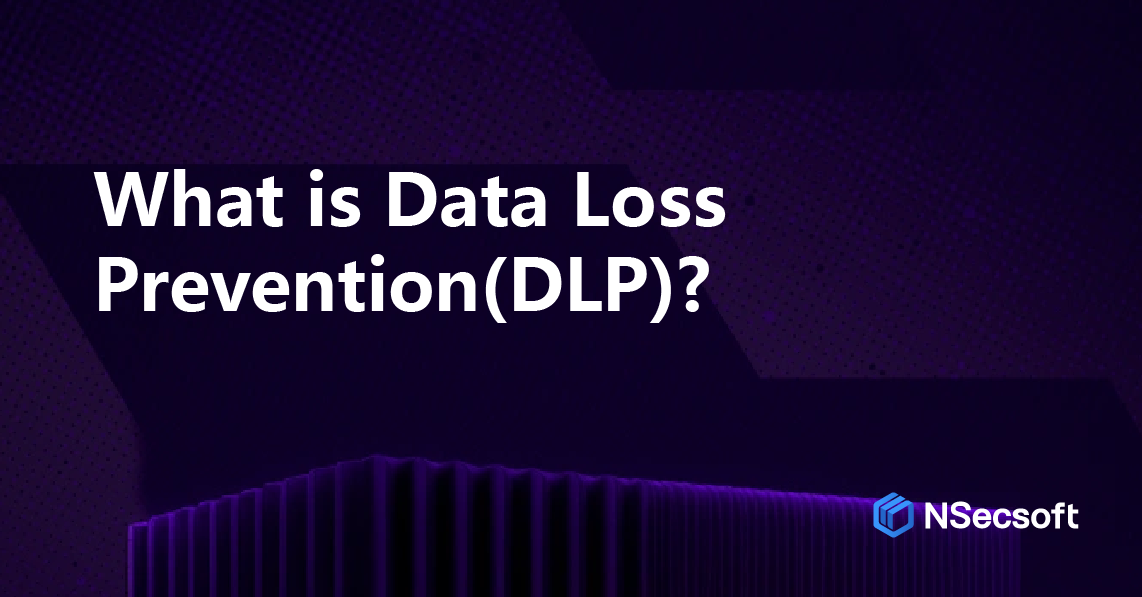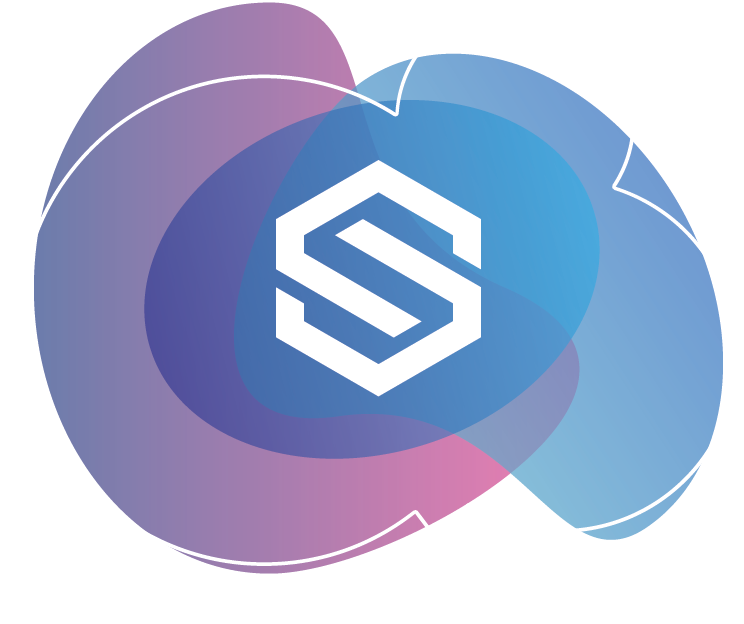 back
backIn today’s data-driven business landscape, information is one of an organization’s most valuable assets. From intellectual property and customer data to financial records and trade secrets, the loss or unauthorized exposure of sensitive data can lead to legal penalties, reputational damage, and financial losses. That’s where Data Loss Prevention (DLP) comes in.
What is DLP?
Data Loss Prevention (DLP) refers to a set of strategies, tools, and technologies designed to detect and prevent the unauthorized transmission, leakage, or misuse of sensitive data. DLP solutions monitor and control data in motion (e.g., emails), data at rest (e.g., databases, file servers), and data in use (e.g., being accessed or manipulated on endpoints), ensuring that confidential information doesn’t leave the organization inappropriately.

Why is DLP Important?
The rise of cloud computing, remote work, bring-your-own-device (BYOD) policies, and stricter privacy regulations like GDPR, HIPAA, and CCPA has dramatically increased the risk of data breaches. A strong DLP program helps organizations:
-
Prevent accidental or malicious data leaks
-
Enforce internal security policies
-
Maintain compliance with data protection regulations
-
Monitor data movement across all channels
-
Protect against insider threats and external attacks
How Does DLP Work?
DLP systems work by inspecting data based on content and context, using a combination of:
-
Pattern matching: Identifying data like credit card numbers, Social Security numbers, or keywords related to sensitive content.
-
Policy enforcement: Blocking or flagging actions such as copying files to USB drives, sending emails with attachments, uploading files to cloud services, or printing confidential documents.
-
User behavior monitoring: Detecting unusual activities that may indicate insider threats or compromised accounts.
DLP tools can be deployed at various points in an IT environment:
-
Network DLP: Monitors traffic on email, web, and file transfer channels
-
Endpoint DLP: Controls data usage on user devices (e.g., laptops, desktops)
-
Cloud DLP: Secures data stored or shared in SaaS platforms and cloud storage
Key Features of a DLP Solution
A robust DLP solution typically includes:
-
Data classification: Automatically identifying and tagging sensitive information
-
Real-time monitoring: Observing data usage and movement across systems
-
Policy enforcement engine: Taking actions such as alerting, blocking, quarantining, or encrypting
-
Audit logs and reporting: Providing detailed logs for forensic analysis and compliance audits
-
Integration capabilities: Working with email gateways, CASBs, SIEMs, and identity management tools
Introducing Ping32 DLP Solution
Ping32 is an advanced, endpoint-focused Data Loss Prevention solution designed for modern enterprises. Built with security, visibility, and control in mind, Ping32 helps organizations:
-
Monitor all file operations (copy, delete, rename, etc.)
-
Block unauthorized file transfers through USB, email, cloud apps, and more
-
Detect and analyze sensitive content with built-in AI engines
-
Apply document-level encryption and watermarking
-
Audit user behavior and respond to security incidents in real time
-
Simplify regulatory compliance with customizable reports and policies
Whether your business operates in finance, manufacturing, healthcare, or technology, Ping32 offers a flexible, scalable DLP framework that aligns with your data protection needs.
Final Thoughts
Data Loss Prevention is no longer optional — it’s essential. As data continues to grow in volume and value, and the threats to that data become more sophisticated, DLP provides a vital safety net. By adopting a comprehensive DLP solution like Ping32, businesses can not only secure their sensitive information but also build customer trust, ensure compliance, and support a culture of security.






 Contact
Contact





































 4 min
4 min 






